The Cities That Have the Water

By:
In Jim Jarmusch's 2013 horror film “Only Lovers Left Alive,” there is a scene that says a lot about the future of American cities. “This place will rise again,” Tilda Swinton's character says of Detroit. “Will it?” asks Tom Hiddleston. “Yeah. There's water here. And when the cities in the South are burning, this place will bloom,” Swinton replies.
Perhaps a film about rock 'n roll-styled vampires that treat blood like heroin isn't the first place you'd look for an indicator of where cities in the United States are heading, but the statement hold value nonetheless. With droughts sweeping California, Arizona, and Texas, cities that once thrived off their ability to direct water to a major populous are in danger. But what cities are not in danger and which will take advantage of their proximity to fresh water?
Based on the Water Availability Ranking for 225 Urban Areas in the United States, a major study released by the University of Florida in 2012, the main areas with plentiful water are the northwest and the East Coast of the United States. Detroit certainly does have a plentiful water supply, as it is ranked as having "low" water vulnerability, and maybe it will rise from the ashes and become a booming city again while cities like San Antonio, Miami, and Los Angeles struggle to adapt technologies like water desalination, where groundwater or ocean water is filtered to be drinkable.
Cities are also better positioned than rural areas. This is more reason to believe Americans will continue to move near urban centers.
"Urban areas often build infrastructure to secure water supplies," Julie C. Padowski, one of the authors of the University of Florida study, told ATTN:. "Our results showed that cities with a flexible water infrastructure system and ample storage or access to imported water were less likely to face water availability issues, even in locations where renewable water availability is low (e.g. arid areas)." She also said a major factor in how water availability changes is climate change, as extreme weather is not good for a consistent water supply.
Here are some of the larger cities that have plenty of water. Maybe you should move to one of them:
1. Baton Rouge, La.
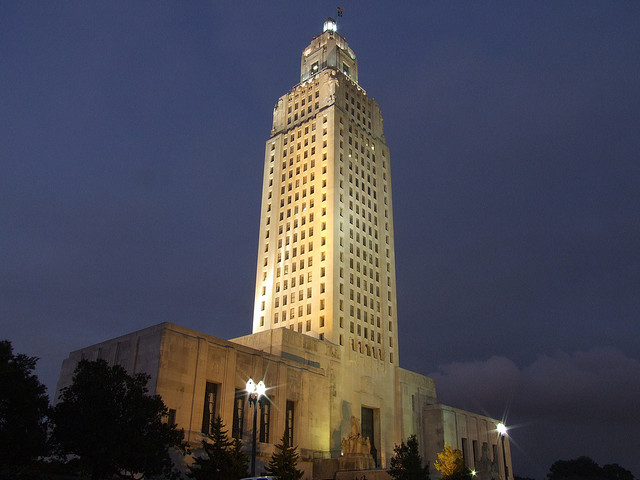 bluepoint951 / Flickr - flickr.com
bluepoint951 / Flickr - flickr.com
Baton Rouge, or "red stick" in French, is the second largest city in Louisiana. It's the third best urban area for water availability in the country. New Orleans is the largest city in Louisiana, and it's the eighth on the list for most water availability, but many climate change models predict New Orleans could be underwater in the not-so-distant future. So, we'll pick Baton Rouge as the safer option.
It has over 230,000 people in the main parts of the city, and it's on the Mississippi River. As for the livability of Baton Rouge, it has been ranked as not being a very good place for families, but it is also said to be one of the country's fastest growing cities, particularly because of its energy sector, which is a strong economic engine. One other issue: Baton Rouge is one of at least 50 U.S. cities that rely on the Mississippi River, which is unfortunately one of the most polluted rivers in the United States. It is believed that runoff from fertilizer used on farms near the river, industrial waste, and oil leaks are doing damage to the water supply.
2. Memphis, Tenn.
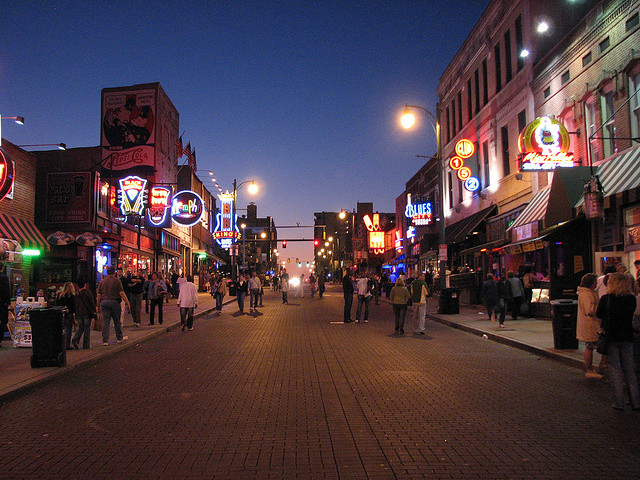 CHeitz / Flickr - flickr.com
CHeitz / Flickr - flickr.com
Memphis is the largest city in Tennessee and the largest city on the Mississippi River. It benefits from the Mississippi River just like Baton Rouge does, even if the water's a little dirty. Some experts say Memphis has the "sweetest" water in the world, partially thanks to its groundwater containing very few minerals. Much of the city's water comes from a sand aquifer, and the sand filters out most impurities. In fact, many in the city prefer drinking from the tap over drinking bottled water.
In terms of living in Memphis, it has been ranked as having the third highest crime rate in America. Detroit is currently number one. That being said, the city has a great music scene and great food.
3. Louisville, Ky.
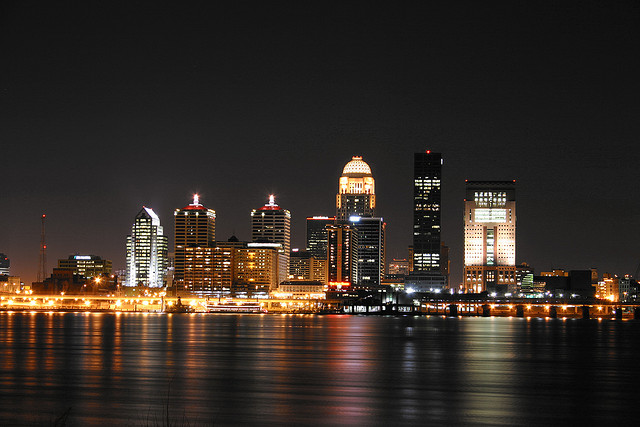 The Pug Father / Flickr - flickr.com
The Pug Father / Flickr - flickr.com
Louisville is the largest city in Kentucky. It has a population over 756,000, and it's situated on the Ohio River. The Ohio River is the largest "tributary," a river that flows into another river, of the Mississippi River. It's a major water resource for many cities. Unfortunately, the Ohio River is also one of the most polluted rivers in the U.S., so using it for drinking water requires a lot of filtering. The city was ranked 22nd for water quality among the United States' 100 largest cities.
Louisville has also been ranked as one of the country's top 10 most polluted cities. However, it's also one of the best cities in the country for biking.
4. Cincinnati, Ohio
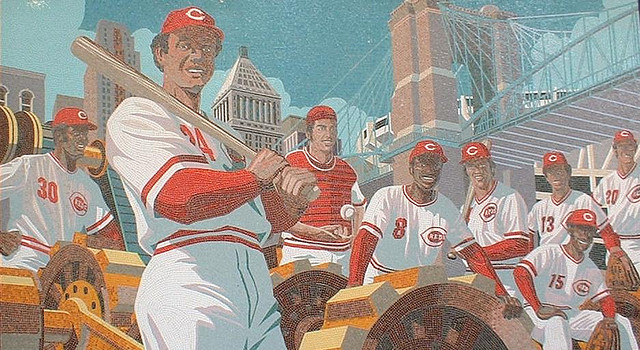 Brent Moore / Flickr - flickr.com
Brent Moore / Flickr - flickr.com
Cincinnati also sits on the Ohio River. Its city population is only around 300,000, but its metropolitan population is well over 2 million. It's the third largest city in Ohio, after Columbus and Cleveland. It gets its water from the Ohio River and the Great Miami Aquifer. Though water is plentiful in the city, its air quality is considered to be one of the worst in the country.
The city has been ranked among the top 10 in the country for raising a family, and the Human Rights Campaign highly ranks the city for LGBT-inclusiveness, although Cincinnati has a very small LGBT community.
5. Portland, Ore.
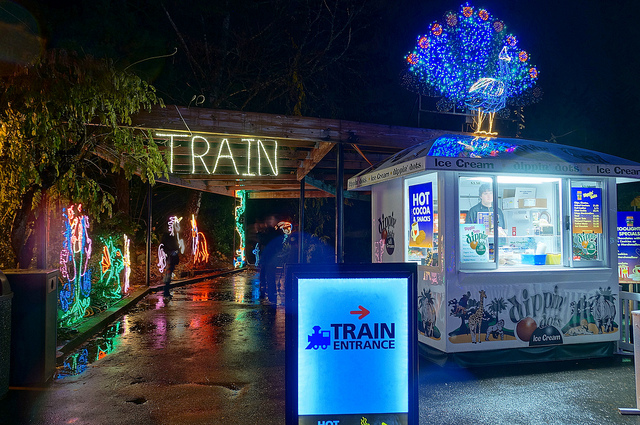 Sam Churchill / Flickr - flickr.com
Sam Churchill / Flickr - flickr.com
You're probably surprised Seattle is not on this list and Portland is, but Seattle actually ranked significantly lower than Portland and many other cities. I guess rain isn't everything. (Contrary to popular belief, there are actually many cities in the United States that get more rain than Seattle.)
Portland has a population over 580,000, and it's Oregon's largest city. It sits on the Willamette River, which is another river that is notorious for being filthy. Much of the pollution comes from industrial waste and chemicals from weed and insect killers that the rain brings to the river. Despite this, Portland's drinking water quality is quite high.
Portland is said to be America's unhappiest city, probably due to the many overcast days, but it is also said to be one of the best biking cities and one of the country's fastest growing cities.
